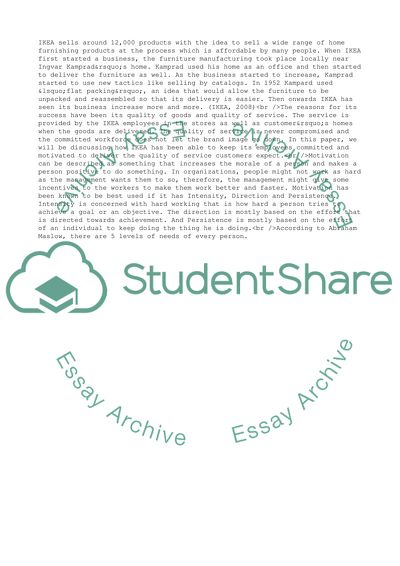Cite this document
(IKEA Case Study Example | Topics and Well Written Essays - 2000 words - 2, n.d.)
IKEA Case Study Example | Topics and Well Written Essays - 2000 words - 2. https://studentshare.org/management/1715483-ikea
IKEA Case Study Example | Topics and Well Written Essays - 2000 words - 2. https://studentshare.org/management/1715483-ikea
(IKEA Case Study Example | Topics and Well Written Essays - 2000 Words - 2)
IKEA Case Study Example | Topics and Well Written Essays - 2000 Words - 2. https://studentshare.org/management/1715483-ikea.
IKEA Case Study Example | Topics and Well Written Essays - 2000 Words - 2. https://studentshare.org/management/1715483-ikea.
“IKEA Case Study Example | Topics and Well Written Essays - 2000 Words - 2”. https://studentshare.org/management/1715483-ikea.


